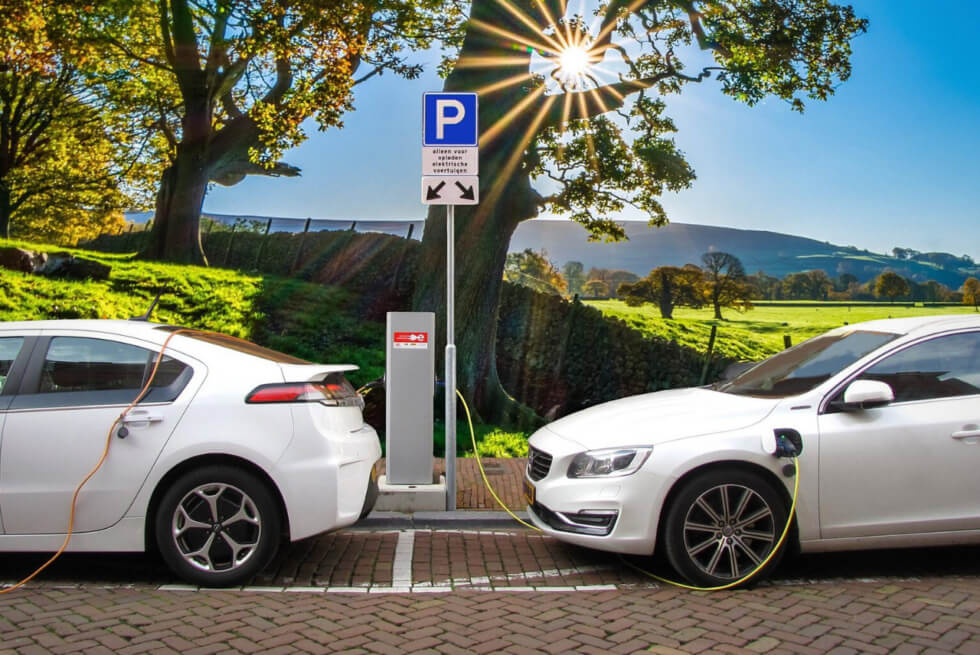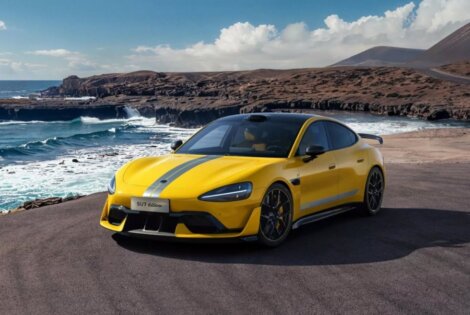The future of 4X4 electric vehicles is a bright one. With the advent of hybrid and electric cars, the need for a 4X4 vehicle has reduced significantly. However, there are still some people who need such vehicles for their work and personal reasons.
Hybrids are good for short distances and daily use, but they do not have the power or durability to handle extreme conditions. One example is the use of a 4X4 in snow. A normal car will struggle with snow on the road, but a 4X4 can easily handle such conditions.
Electric cars also have their limitations when it comes to off-road driving. The torque on electric motors is lower than that of internal combustion engines (ICE). This means that it will take longer to get up hills or crawl over rocks and boulders.
What’s keeping 4×4 electric cars from going mainstream?
There are three main factors that keep 4×4 electric vehicles from going mainstream: battery technology, charging infrastructure, and vehicle cost.
The current state of battery technology means batteries are heavy and take a long time to charge. Electric cars also have limited range, making it difficult for people to drive them long distances without stopping for a recharge. As such, many potential buyers feel that an electric car wouldn’t suit their needs.
In addition, there’s not enough charging infrastructure in most countries around the world, especially those with fewer private car owners per capita (such as China). This means drivers must wait longer at charging stations or pick up their cars early if they want to avoid running out of power on the road. Some countries do have more charging stations than others — but even then, there’s often not enough support for electric vehicles at certain businesses or events (like theme parks).
Additionally, what about car insurance costs? Are they more expensive too?
This is one of the biggest concerns people have about switching to an EV. Because there are so few on the road today, insurance companies don’t know exactly how they will handle an accident involving one. The good news is that most insurance companies offer special discounts for EVs and hybrids. However, some companies may charge more for coverage if you drive an EV or hybrid vehicle.
Because there are so few EVs out there right now, it can be hard to find specific information about insurance rates for these cars. The best way to find out how much your coverage will cost is to call up several different agencies and ask them directly about their rates on EV coverage.
The Model Y is the first of its kind.
The Model Y is the first of its kind, as it’s a small SUV with improved range and performance over its predecessors. It can go from 0-60mph in 5.5 seconds, has a top speed of 155mph, and has a range of 310 miles—more than enough for most drivers who commute within city limits.
What are other new electric SUVs?
The future of electric SUVs is bright, but there are a few more models to look out for. Here’s what they are:
- GMC Hummer EV: This is the first electric SUV to be available in the US market since 1997. It was unveiled at CES 2019, and it has a claimed range of 300 miles on a single charge.
- Ford Mustang Mach-E: The company’s popular sports car has been updated with an all-electric variant that offers 400 horsepower and can go from 0-60 mph in under four seconds.
- Audi e-Tron: This luxury SUV will feature two electric motors (one at each axle) and offer up to 450 hp when powered by its 95 kWh battery pack—enough for about 250 miles per charge (depending on weather conditions). It will also come standard with Level 3 autonomous driving capabilities when it goes on sale later this year.
- Jaguar I-Pace: This compact crossover offers three different powertrain options—two 150 kW motors that combine for 394 hp; one 150 kW motor that produces 296 hp; or one 90 kW motor paired with a 101 kW generator that adds another 57 km range per hour of charging time (about 1 hour 15 minutes). Like many other EVs these days, it has Level 4 self-driving capabilities as well.
We have yet to see if Tesla can sustain its early lead in the race to develop the next generation of 4×4 electric vehicles
The future of the 4×4 electric vehicle is still up in the air. Tesla’s early lead has yet to be contested by other carmakers, but this could soon change. Many companies are developing their own electric 4x4s, and they’re taking different approaches to do so:
- Some car manufacturers have already released models that can be considered “4×4” vehicles—even if their four-wheeled nature isn’t immediately obvious. For example, Jaguar Land Rover offers an all-electric version of its I-Pace SUV. This has been marketed as a crossover rather than a traditional SUV or truck. But even this model is only available for purchase in Europe and China for now; it doesn’t appear likely that drivers in North America will get access anytime soon (if ever). Other automakers like Mercedes-Benz have also introduced high-performance SUVs powered by electricity. Nevertheless, these models tend to cost upwards of $200K each!
- Other companies are working on more affordable ways to bring electric powertrains into vehicles designed around gasoline engines rather than batteries alone—and then use those technologies across multiple vehicle types without resorting purely toward commercial trucks or luxury SUVs like what we’ve seen from Jaguar Land Rover thus far.







